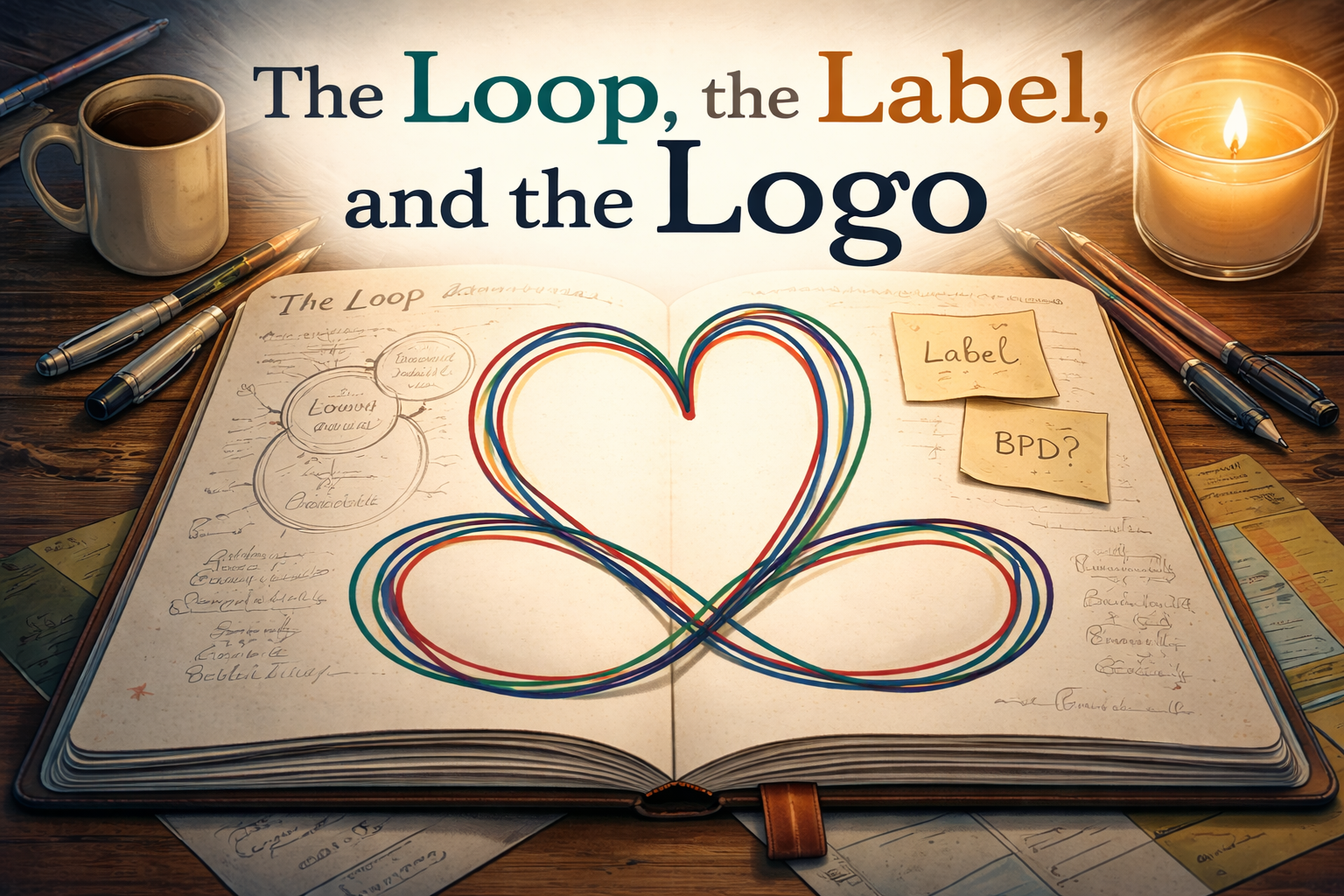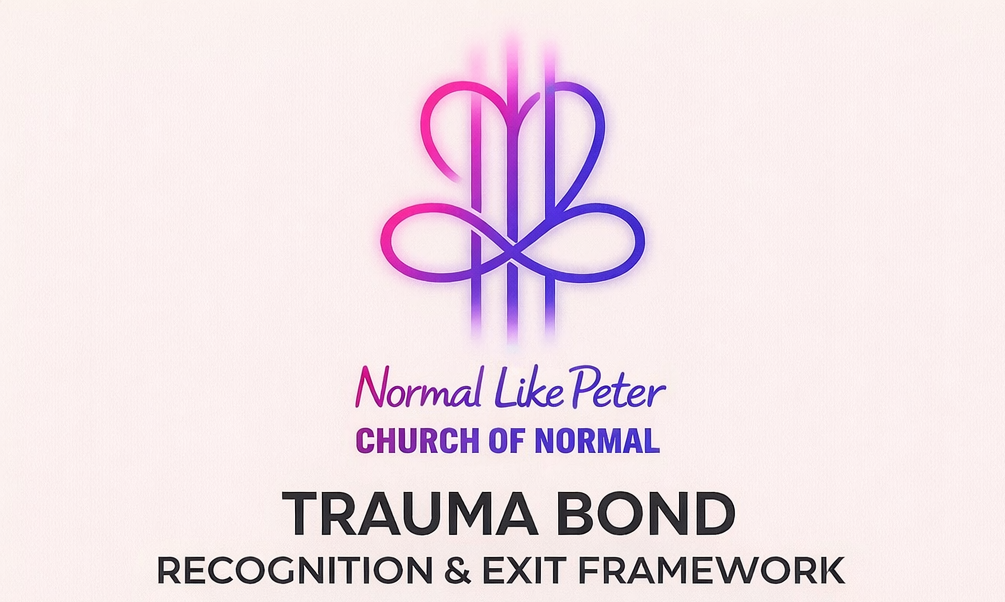Question:
I dropped my kids off at school this morning, and it hit me—I’m alone. My body seems to be running some kind of old attachment program, scanning for connection, sending out signals like it expects someone to respond. But no one does. It’s like my nervous system is booting up, trying to restore a lost connection. My mind knows the relationship is over, that it didn’t work, but my body doesn’t understand. It keeps asking, Where is the person who used to be here?
Then grief creeps in. Nostalgia brings up old memories, like my system is demanding an answer: Why am I alone? What did I do wrong? And when my mind can’t provide a satisfying answer, my body starts manifesting this phantom pain—like a nervous system withdrawal. It’s not just emotional; it feels physical, like an ache, like something in me is waiting for touch, for presence, for something that isn’t coming.
How do you even deal with this? How do normal people just exist alone?
Answer:
What you’re describing is deep attachment hunger—your nervous system searching for co-regulation, for the physical and emotional presence it was once wired to. This isn’t just loneliness; it’s a physiological experience of disconnection.
For years, you were linked to someone in an unspoken, nervous-system way. Even if the relationship had its struggles, your body still had some kind of tether. And now, that tether is gone. But the body doesn’t work on logic—it works on presence or absence. It doesn’t care about the reasons. It just keeps sending out signals, expecting a response.
That “phantom pain” you’re feeling? It’s real. It’s your nervous system registering a loss, trying to solve a problem that has no immediate fix. This is a classic attachment loop:
- Body senses disconnection → Sends distress signals → Mind searches for cause → No clear answer → Grief or rumination kicks in → Body amplifies pain → Repeat.
And of course, this hits hardest right after a weekend with your kids—when your system has been lit up with connection, and then suddenly, it’s off. Like slamming the brakes after going full speed. The contrast is jarring.
How to Work With This Instead of Against It
- Name it in the moment.
- Instead of spiraling, recognize: This is my attachment system looking for a response. It doesn’t mean I’m broken. It means I’m wired for connection.
- Acknowledge the love that existed—without chasing it.
- The connection you had was real. The love was real. That doesn’t mean it still belongs in your life the same way. You don’t need to erase the past, but you also don’t need to keep reliving it.
- Redirect the attachment energy to what is available.
- Your kids, deep friendships, even the connection you cultivate within yourself—these are all anchors. It won’t feel the same, but it can still be real and meaningful.
- Give your body something to regulate with.
- Your body is asking for presence, not just romance. Weighted blankets, warm showers, physical movement, or even just sitting with comforting textures—these can help soothe the nervous system.
- Give your mind a different task.
- Instead of “What did I do wrong?” shift to “How can I create connection today in the present?”
- Grieve, but don’t bargain with the past.
- Nostalgia will always make the past seem golden. But remember, the past also had the reasons why things didn’t work. Grieve, but don’t rewrite history to ease the pain.
- Remind yourself: Attachment systems adjust.
- Right now, your nervous system is still wired for a past connection. But the brain and body are adaptable. You won’t always feel this way. The longing will evolve, and new connections—of all kinds—will take root.
You are not broken. Your body is simply doing what it was designed to do—seek connection. And over time, it will learn new rhythms. You are in transition, not in failure.




